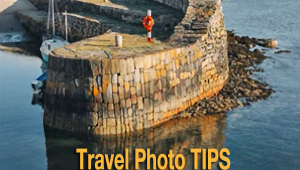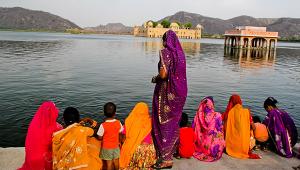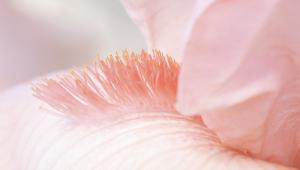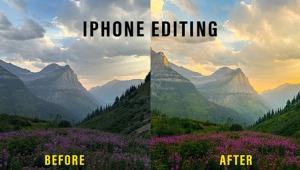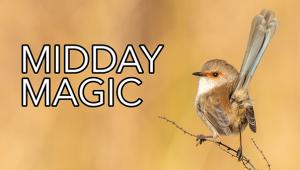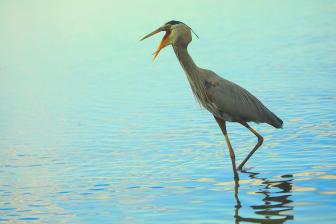Polar Travel: A Photographer’s Antarctic Voyage
Seeing what was about to hit us I quickly grabbed for a table I knew was anchored to the floor, but it was too little, too late. Along with a number of other staff and passengers I was thrown to the floor and found myself rolling from starboard to port, bouncing off chairs and tables along the way. I knew the ship would very quickly start to roll in the opposite direction, so no attempt was made to stand. Instead I waited on the floor, arms wrapped around a table leg, for a moment of relative calm. Good morning, and welcome to the Drake Passage.

All Photos © David C. Schultz

Twelve hours earlier the lines were cast and the 380-foot-long Russian research ship Akademik Sergey Vavilov slowly pulled away from the busy pier. The lights of the small port city of Ushuaia, Argentina, the southernmost city in the world, gradually disappeared from view as a squall of rain turning to snow sent most of the passengers below deck for the night. As per usual, I was the last one on the bow with a camera tucked inside the protective cover of my jacket, hoping and preparing for any momentary appearance of the surrounding mountains I know are hidden within the low-lying clouds. Moving to the stern I watched the mass of seabirds coasting along effortlessly in our wake as we made our way through the Beagle Channel, with Antarctica being our eventual destination.
The Journey Begins
I’ve sailed to Antarctica nine times now where I conduct photo tours and each voyage brings with it many new stories and incredible photo opportunities. My interest in the ice-covered continent came about by sheer luck when I first heard of Sir Ernest Shackleton and the ill-fated Trans-Antarctic Expedition (a.k.a. The Endurance Expedition) of 1914. It was the images captured by the photographer Frank Hurley that caught my attention on a morning news program that really set me on a course of polar travel. Check out the book The Endurance by Caroline Alexander and you might see why.
Years later I made my first trip to “The Ice” as a passenger aboard the R/V Vavilov. I’d waited and saved the extra money required so I could take a longer voyage that included South Georgia Island, a place not to miss if you’re going this far south. It’s here that you’ll land on beaches covered from the water’s edge to the base of surrounding glaciers with king penguins. Some beaches have populations of over 200,000 birds along with southern elephant seals and the increasingly aggressive fur seals. One lesson I’ve learned: watch your back!
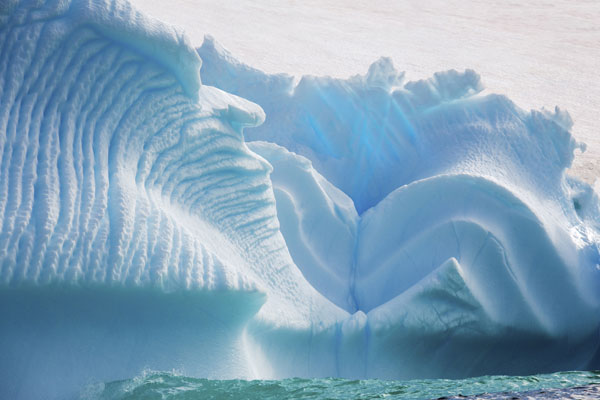

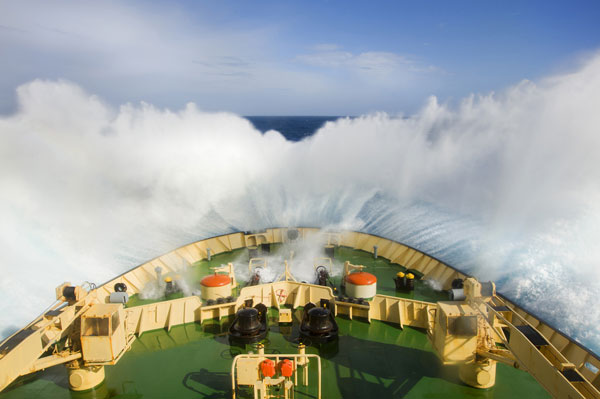
The Crossing
It usually takes a good two days to cross the 630-mile distance between Cape Horn and the northern tip of the Antarctic Peninsula. During that time, and depending on the temperament of the Drake, there are always plenty of opportunities to hone focusing skills while trying to capture the wide variety of ever-present seabirds. They range in size from the small Cape and storm petrels, which quickly dart about in larger flocks, to the very large and graceful wandering albatross.
Out here, great care is taken with cameras when moving about the ship. Nothing is soft and forgiving about the steel deck, doorways, and stairs, so protective UV filters are a must, as are lens hoods. Both help to protect gear, which can’t be replaced once we set sail. Salt spray and mist in the air can easily damage glass too, so when not in use my lens caps are usually on, especially during lulls in the action. I usually have a small towel on hand to drape over my camera for protection and to wipe things down quickly when conditions get nasty.
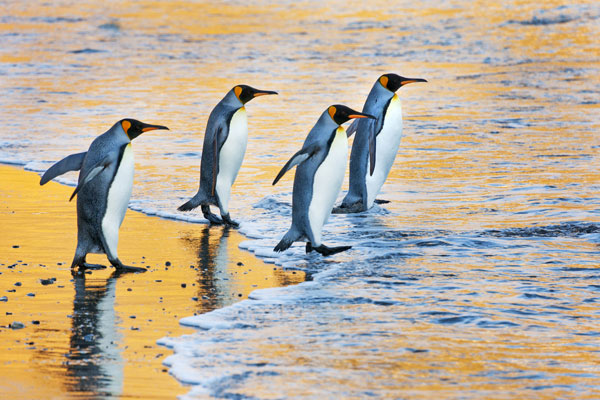

On Land
The South Shetland Islands are usually our first encounter with land after the crossing. I’ve yet to set foot on Elephant Island, which is disappointing due to its historical link to the Shackleton Expedition. Deception Island, an active volcano, is a fascinating place with a protected harbor right in the middle of the caldera, which opened to the sea during an eruption many years ago. Remains of an abandoned whaling station and small wooden water boats make for great subjects against the dark gray sand. The island is also home to over 200,000 chinstrap penguins. I’ve only photographed 190,001…so far.
It’s easy to be overwhelmed by the sheer numbers of birds and the commotion, but I find it helpful to just find a spot on the beach near the water where I’ll sit and watch, letting the action come to me. A long lens is helpful; not that it’s needed to get close to the wildlife, but instead to isolate something in the crowd. The penguins are usually more animated and much cleaner as they return from the sea.
Many of the islands feature glacier-carved granite peaks, which jut dramatically out of the Scotia Sea. Ocean swells batter the rugged shoreline but sheltered bays offer several landing opportunities. Getting down the gangway and into a Zodiac for the first time can be a bit of a challenge, especially with a backpack full of camera gear. There’s been a time or two when, due to the ocean swells, the Zodiac dropped several feet below the gangway deck just as I stepped down, way down onto the pontoon or worse the bottom of the Zodiac. I’ve used the same Lowepro Photo Trekker AW II pack for years and it’s seen some very difficult times. I can easily pack in all the needed equipment and strap on a tripod, keeping my hands free.
My favorite location along the peninsula for landscape images would be the Lemaire Channel, a narrow strait between the continent and Booth Island. We typically enter the northern end of the Lemaire early in the morning, which gives us great light hitting the tips of the mountains thattower over the ship. A good wide-anglezoom lens is a must here and a soft-edged three-stop graduated split ND filter comes in handy as well. I use all zoom lenses during these trips except for my105mm Nikkor macro. The ship or Zodiac is moving around so much you seldom have the luxury of repositioning yourself for a better composition, so having a zoom lens helps.
Iceberg Alley
At the southern end of the channel is a spot called Iceberg Alley. Cruising around in a Zodiac at water level gives an incredible view of some of the most breathtaking ice formations. Due to the prevailing winds and currents, ice that has calved off the surrounding glaciers accumulates in this area. Tabular icebergs, straight sided and flat on top, can reach heights of 70 feet. More common are the smaller weathered chunks of ice, sculpted in endless shapes, textures, and shades of blue. An added bonus is when a penguin or seal appears, perched atop one of the formations. Experience has taught me to be prepared for these moments, even before getting in the Zodiac, with proper lens selection, a high ISO set, using a fast shutter speed, and having a fresh memory card.
When it first came out I purchased the Nikkor 28-300mm and it’s always on one of my bodies and is my preferred lens down here. On earlier trips I used the Nikkor 80-400mm and I’m anxious to try out the “new and improved” version.
A sheltered bay appropriately named Paradise Harbor is an incredible place for dramatic and quickly changing light, due to the storm clouds, which are typically rushing by. Sunsets last for hours and, depending on the time of year, they just seem to blend into a sunrise, making for some very long days.


Download And Backup
Whenever time allows I download images onto my laptop, then they’re copied onto two external hard drives. I have a few different file recovery programs installed on my system and have retrieved many files for passengers who got carried away with the delete button. Batteries are charged up, cards reformatted, and equipment is cleaned regularly. Temperatures are cold of course but not what one might think, so battery life is seldom an issue. I always keep a spare tucked inside a shirt pocket and switch them out once half power is left. When packing to return home the drives are split up between checked bags and the laptop goes with me in the backpack.
Dressing The Part
You’ll probably be surprised at how warm, relatively speaking, the Antarctic Peninsula can be. Most of the expedition companies offer “wetskins,” waterproof jackets and pants. Use them, unless you care to try your hand at removing penguin poop from your clothes when you get home. Tall rubber boots are required and provided as well. Take polar fleece cold-weather gear to wear under the wetskins along with a good hat and a few pairs of gloves. The thing I look for when purchasing hats and gloves is that they’re windproof. Your hands are going to get wet so have a backup pair and a pair of thin liners. I also take along heavy rubber gloves like commercial fishermen use for those long wet and rough Zodiac rides.

How To Get There, When To Go, And What To Pack
How: There are a number of expedition companies that specialize in polar travel and it’s important to do your homework before deciding on which company, route, and ship best fits your expectations and budget. The better operators will belong to a self-regulated organization called IAATO, which sets guidelines regarding how they conduct their activities in this extremely fragile ecosystem. I highly suggest a ship that carries fewer than 100 passengers, the limit for the number of people allowed on a beach at a time.
When: My favorite time of year is early in the season, mid-November when there’s still fresh snow on the ground, especially around the penguin rookeries. The season usually ends by the first of April. Later in the season more penguin chicks are seen and humpback whales have arrived.
What To Pack: Along with an AW (All Weather) backpack, take a sturdy tripod and a monopod. Unless you’re a real avid birder, packing a 400mm or 600mm prime lens will be a big challenge. On my most recent trips my gear consisted of two D-SLR bodies, either/or a Nikon D3X, D700, or D800, and my go-to lens was the Nikkor 28-300mm. I also pack the Nikkor 80-400mm and a wide-angle lens, most recently the Nikkor 16-35mm. I also carry along a video and a small underwater camera.
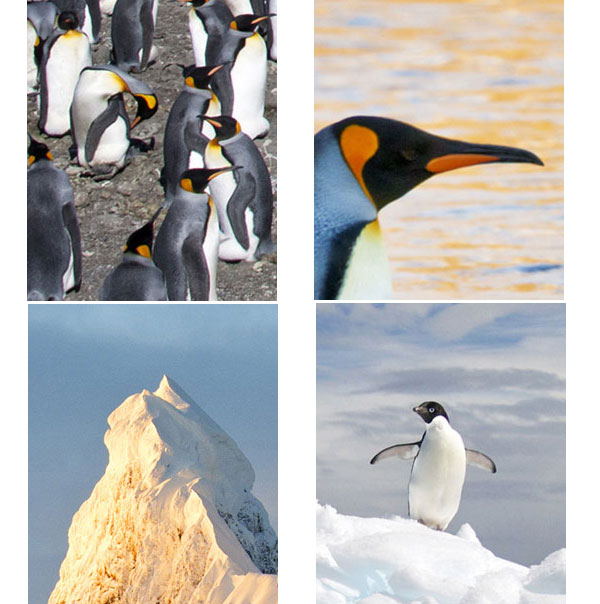

Author Bio
A native of Michigan, David C. Schultz moved to Dallas in 1980 at age 22 and began his career as a fashion photographer, which he pursued for seven years. Following a visit to Utah on assignment in 1987, he returned to Dallas, closed his studio, and moved to the alpine town of Heber, Utah, where he currently resides. Since moving to Utah, Schultz has concentrated on photographing landscape and wildlife images. His work has appeared in such publications as Travel & Leisure, Snow Country, Cowboys and Indians, Islands, and National Geographic publications. He is represented internationally by stock photo agencies that market his work for advertising, editorial, and educational purposes.
In 1990, Schultz began producing a series of limited edition prints of his favorite images and in the fall of 1998, he decided to open his own gallery, West Light Images, in Park City, Utah.
More recently Schultz has been photographing in the Arctic and Antarctic gathering images for upcoming projects. He also conducts photo tours to these locations. Information regarding upcoming trips may be found on his website, www.westlightimages.com.








